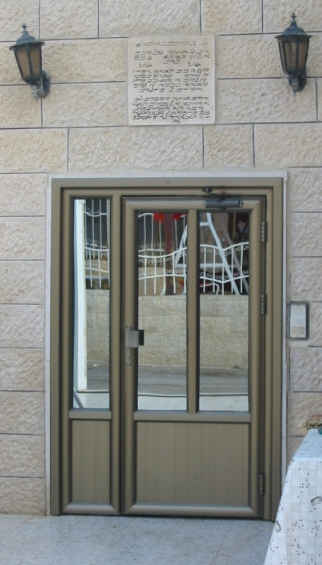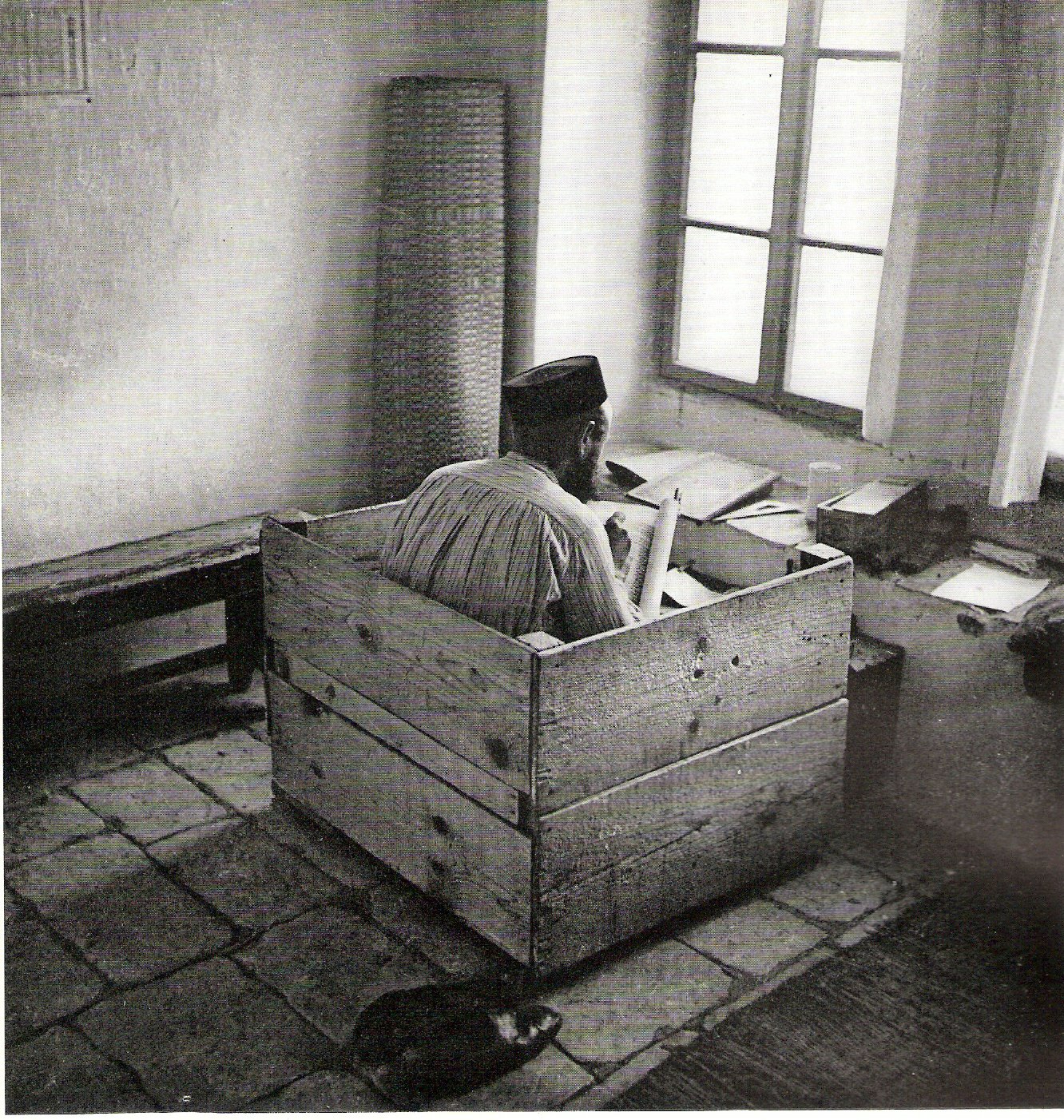I'm reposting this story I read in Mezuzah.net. I was actually looking for a similar story but this one is another good example of how meticulous the Alter Rebbe was in regards to Safrut:It has been told that the Alter Rebbe (the first Lubavitcher Rebbe) was once visited by a melamed (teacher of Jewish topics) from Klimowitz.
“I have a small favor to ask of you,” the Alter Rebbe said. “Will you please go to the town of Yanowitz and purchase some Mezuzos from Reb Reuven, the sofer [scribe], for me?” he asked.
“It would be my pleasure,” the melamed answered without a second thought.
“Excellent,” answered the Rebbe. “In that case, please hand Reb Reuven this letter.”
Delighted with the opportunity to fulfill his Rebbe's request, the Chosid departed immediately. Along the way, the melamed thought "I think I'll ask Reb Reuven to write some Mezuzos for me as well. Yes, despite their high price, I'll get just as many as the Rebbe. After all, is there any greater proof of their quality than the Rebbe himself buying Reb Reuven's Mezuzos?"
When the melamed arrived at the house of the scribe, he handed Reb Reuven the letter from the Rebbe and ordered the same number of mezuzos for both the Alter Rebbe and himself. Reb Reuven told him he would have to wait several days. True to his word, a few days later the Mezuzos were ready.
“Be careful not to mix up your Mezuzos with the Rebbe's Mezuzos,” Reb Reuven cautioned, the melammed as he handed them over, carefully indicating which package was which.
“These are the ones written especially for the Rebbe,” he said, pointing to one of the small bundles.
On the way home, our melamed began to think: "What possible harm could come from substituting one batch of Mezuzos for the other?"
The melamed decided to intentionally give the Alter Rebbe the wrong ones, and take the Rebbe's Mezuzos for himself. He rationalized "If the Rebbe noticed the change, he would claim to have accidently mixed them up.
As soon as the melamed arrived in Lubavitch, he rushed to the Rebbe's office to give him the Mezuzos.
The Rebbe carefully examined the package and looked intently at each of the Mezuzos.
Then the Rebbe said, “Are these the ones Reb Reuven sent to me?”
The melamed became nervous and reluctantly answered, “Perhaps I made a mistake and confused yours with the ones I bought for myself.”
So he took out the second parcel and handed them to the Alter Rebbe.
The Alter Rebbe scrutinized them closely.
Then he happily said, “Ah, yes. These are the Mezuzos I ordered.”
Angry and confused, the melamed went back to Yanowitz to confront the sofer Reb Reuven.
“Why did you sell me Mezuzos that were posul [not kosher]?” he demanded in a loud voice.
He recounted to the scribe how he had mistakenly given the Rebbe the wrong package. Then he described in detail the Rebbe's reaction to the first Package (the one designated by Reb Reuven as the melammed's Mezuzos) and then to the second package (the one designated by Reb Reuven as the Rebbe's Mezuzos).
"It's obvious", he yelled, "that the first Mezuzos were no good."
Reb Reuven answered in a gentle voice, “Rest assured that your mezuzos were also written, as with the Alter Rebbe's, to the most stringent specifications, with the same concentration of thought, and with all the requirements set forth by the holy Arizal of Safed. The only difference between yours and the ones I wrote for the Rebbe is that I had instructions in the letter from the Rebbe to write his only when the moon is full. That is why you had to wait several days in Yanowitz. I could not begin to write the Rebbe's Mezuzos until the full moon. The Rebbe obviously saw that the Mezuzos you gave him were the wrong ones because they were written before the full moon.”
And so it was.






























